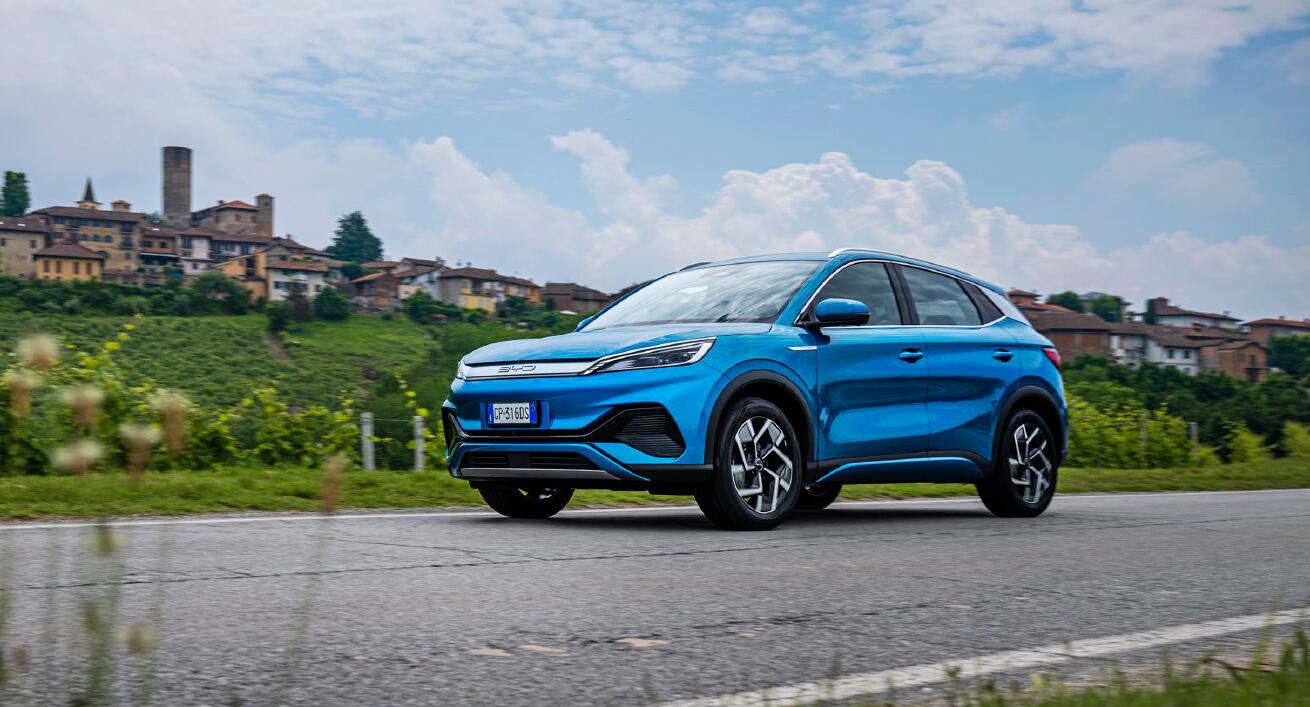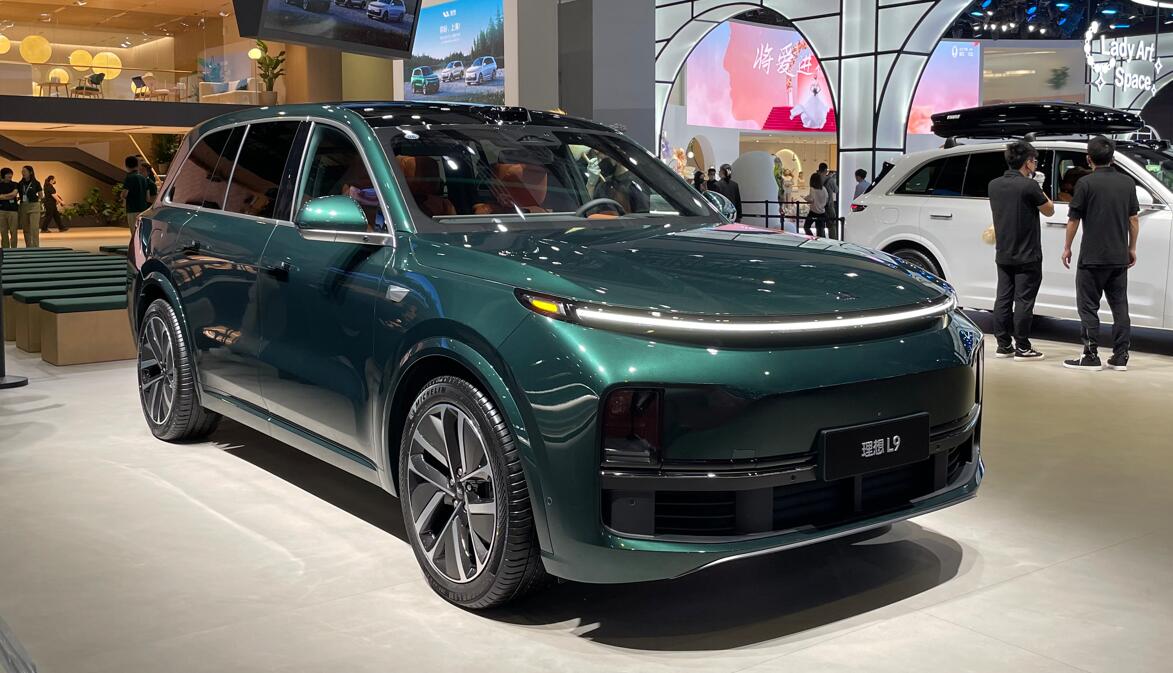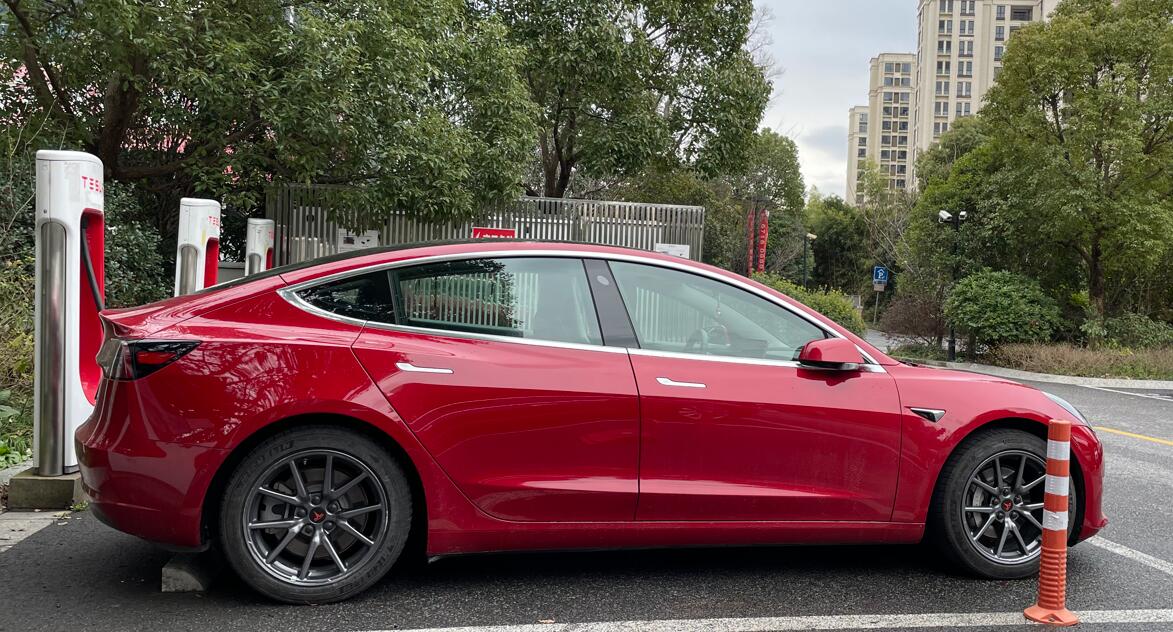BYD held a brand and product launch event in Italy, introducing the BYD Atto 3, Han, Dolphin and Seal to local consumers.

(Image credit: BYD)
BYD (OTCMKTS: BYDDY) has officially entered the Italian passenger car market, as it expands its presence in Europe.
The Chinese new energy vehicle (NEV) giant held a brand and product launch event in Italy on June 13, introducing the BYD Atto 3, Han, Dolphin and Seal to local consumers, according to a press release today.
Italy is an important European automotive market and holds a significant position in BYD's efforts to enter overseas markets, BYD said, adding that it introduced new energy commercial vehicles to Italy in 2013.
In the passenger car segment, BYD will work with a number of core local dealers, with the first five stores opening in cities including Milan, Turin and Florence, it said.
The Atto 3, BYD's first global model, is known in China as the Yuan Plus and is already available in multiple overseas markets.
At the Monza Motor Show in Milan, to be held in mid-June, the Atto 3 will be open to the Italian public for test drives, BYD said.
In the future, BYD will continue to increase its localization investment in the Italian market and expand its passenger car model matrix, the company said.
BYD, China's largest NEV maker, stopped production and sales of vehicles powered entirely by internal combustion engines last March to focus on plug-in hybrids and pure electric vehicles.
The company sold 240,220 NEVs in May, up 108.99 percent from 114,943 units a year earlier and up 14.23 percent from 210,295 units in April, according to figures it announced earlier this month.
In May, BYD sold 10,203 NEVs in overseas markets, down 31.19 percent from 14,827 units in April.
In Europe, BYD entered the passenger car markets including Germany, Sweden and Denmark last year and came into the UK in March this year.
BYD officially names F brand Fang Cheng Bao, initial model to be launched this year
The post BYD rolls out 4 models in Italy as it expands presence in European passenger car market appeared first on CnEVPost.
For more articles, please visit CnEVPost.


















